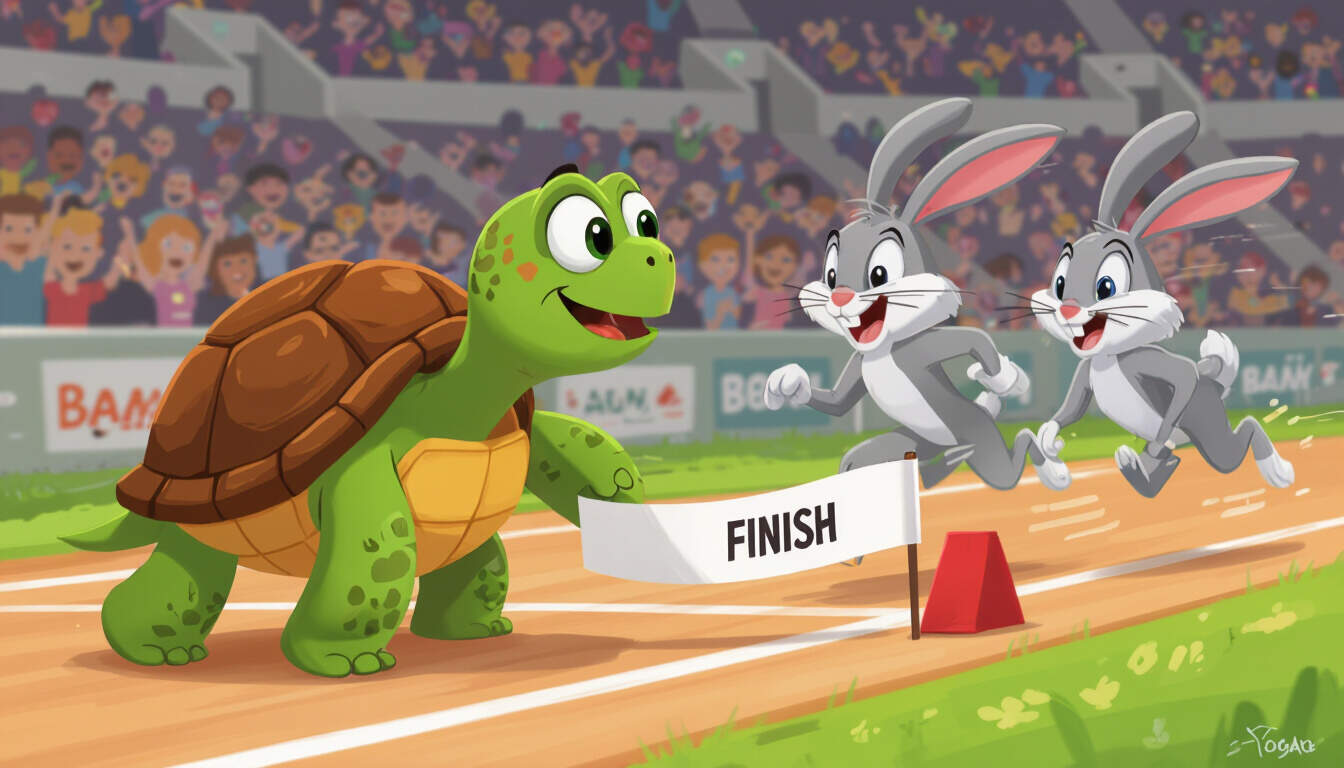Strategies for Cultivating Perseverance
 by Lilian Nienow
by Lilian Nienow
Perseverance is key to overcoming challenges and achieving goals. This article outlines practical strategies and drills to build a high-agency mindset, empowering individuals to take charge of their personal development and professional success. Learn actionable steps for sustained effort and resilience.

Perseverance forms the core of personal growth, allowing individuals to push through difficulties and reach their potential. In this discussion, we explore effective strategies that foster perseverance while building a high-agency mindset.
Why Focus on Perseverance?
Many ambitious professionals recognize that consistent effort leads to success. Building perseverance means creating habits that support long-term goals. It involves daily actions that turn challenges into opportunities for advancement.
Start by examining your current routines. Identify areas where you might give up too soon, and consider how small changes can make a difference. For instance, committing to regular practice sessions helps solidify resolve.
Practical Strategies for Development
One foundational approach is setting clear, achievable targets. By breaking down larger objectives into manageable steps, you create a roadmap that sustains motivation. This method ensures progress feels attainable and reduces the risk of burnout.
Another strategy involves tracking your efforts. Keep a simple log of daily activities related to your goals. This practice not only reinforces commitment but also provides visible evidence of improvement over time.
Incorporate reflection into your routine. At the end of each day, review what worked and what didn't. This process builds self-awareness and strengthens your ability to adapt.
Drills to Build Resilience
To develop a high-agency mindset, engage in specific drills that challenge your limits. Begin with a daily challenge drill: Choose one task that pushes you slightly outside your comfort zone, such as waking up earlier to work on a skill. Repeat this for a week and note the results.
Visualization exercises can also play a role. Spend a few minutes each morning picturing yourself overcoming obstacles. This mental practice enhances focus and prepares you for real-world setbacks.
Physical activities serve as excellent drills too. For example, try a walking routine where you increase distance gradually. Each step forward reinforces resilience, teaching your mind to persist despite fatigue.
Group settings offer additional benefits. Join a community or team where members share similar aspirations. Working together on projects encourages accountability and provides support during tough moments.
Overcoming Common Barriers
Everyone encounters hurdles that test determination. Address these by prioritizing self-care, ensuring you maintain energy levels through balanced routines. Sleep and nutrition are essential components that influence your capacity to persevere.
When distractions arise, use techniques like time blocking to stay on track. Allocate specific periods for focused work, minimizing interruptions and maximizing productivity.
Seek feedback from trusted peers. Their insights can reveal blind spots and offer new perspectives, aiding in continuous improvement.
Real-World Applications
Consider how these strategies apply in professional contexts. A salesperson facing repeated rejections might use goal-setting to refine their approach, turning each no into a learning opportunity. Over time, this builds a cycle of success.
In personal life, parents balancing careers and family can apply reflection drills to manage stress. By regularly assessing priorities, they maintain progress in multiple areas.
Entrepreneurs often thrive by incorporating tracking methods. Monitoring business metrics helps them stay committed to growth, even when results are slow.
Integrating Strategies into Daily Life
To make these approaches sustainable, create a personalized plan. List three key strategies from this article and schedule them into your week. Consistency is crucial, so start small and build from there.
Remember, setbacks are part of the process. Use them as chances to refine your methods rather than reasons to stop. This mindset shift is at the heart of developing agency.
Engage with these ideas actively. Experiment with different drills and observe what yields the best outcomes for you. The goal is to foster an internal drive that propels you forward.
By applying these strategies, you position yourself for lasting change. Whether in career advancement or personal pursuits, the ability to persevere opens doors to new possibilities.
In summary, through targeted strategies and drills, anyone can cultivate the resilience needed for a high-agency mindset. Take the first step today and watch your efforts transform your path.
